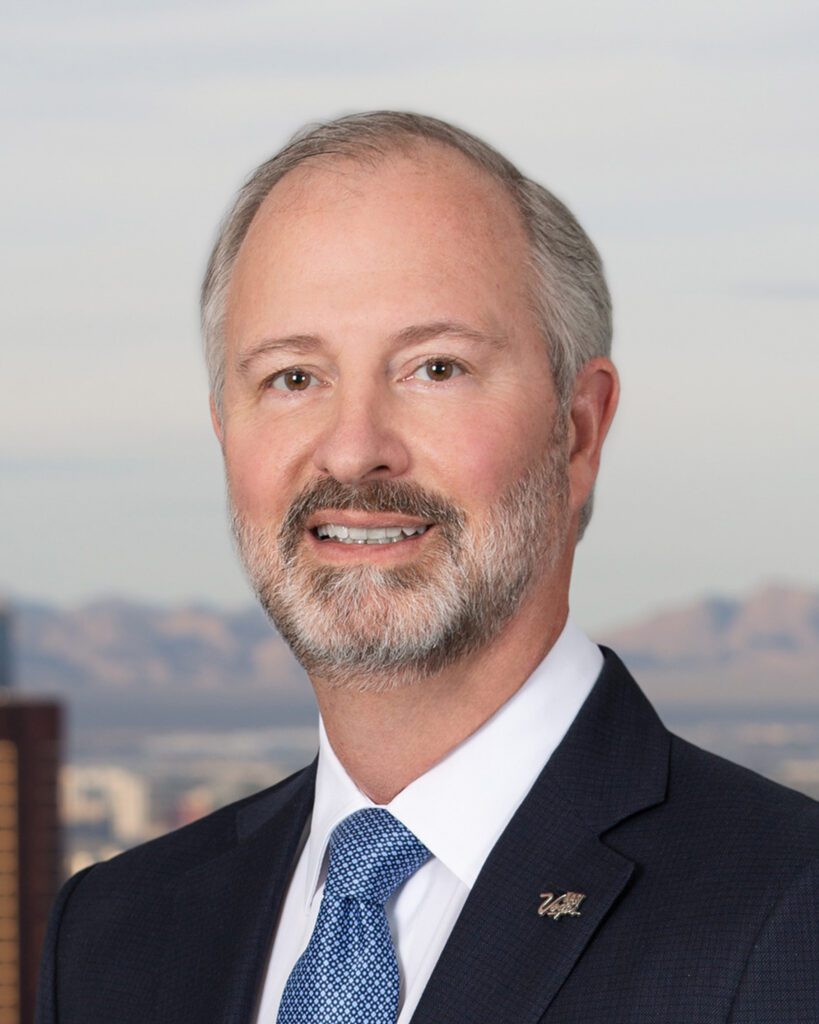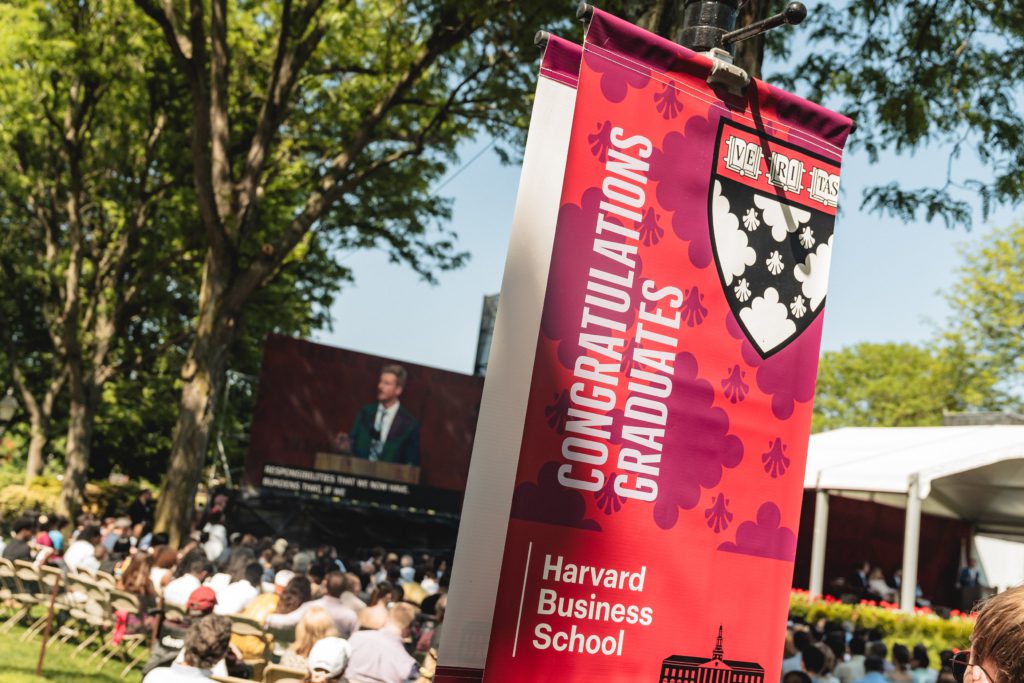Sports
Las Vegas Tourism Chief: Becoming a Sports Hub and What’s New at The Sphere

The Sphere in Las Vegas is going to host its first sports event: the NHL Draft. That’s just one of the expanding uses of the immersive experiences venue, said Steve Hill, CEO and president of the Las Vegas Convention and Visitors Authority.
In that spirit, Las Vegas is also expanding its events. Earlier this year, it hosted its first Super Bowl. Last fall, it hosted a Formula One Grand Prix. And there’s more to come.
Hill spoke with Skift about those and other trends.
This interview was edited for length and clarity.
The Sphere Becomes a Conference and Sports Venue
Why did you sign a $500,000 sponsorship for the NHL to host the draft at The Sphere?
It’s a high-profile event. And frankly, the profile of anything you do at the Sphere goes up. We’ve had a long partnership with the NHL.
We have an opportunity with the NHL to kind of just elevate the entire draft experience and help it take the next step up. Having it at the Sphere in Vegas and what they’ll be able to do on the exterior and the interior of the Sphere during the event, I think is going to draw a lot of eyeballs to Las Vegas, which is a lot of what we’re about.
This will be the Sphere’s first sporting event.
It will be. There’s going to be a UFC fight after. The uses of the Sphere are expanding. Hewlett-Packard’s doing a conference in town this year, and they are using the Sphere for keynote addresses at that conference.
The concerts and the movies are the core of what the Sphere does, but it’s a big stage. Anything you do on that stage, the Sphere’s going to be open to working with you doing that.
What other sponsorships and marketing campaigns do you have in the works?
In 2023, we sponsored around 60 events. So lots of stuff happening all the time. Some of them, they’re here in Vegas on an annual basis or on a repetitive, regular basis.
Las Vegas’ Transformation into a Sports Hub
Las Vegas recently hosted Formula One and its first Super Bowl. Formula One has two stories, one was it was a big economic success for some and the other was the construction for the circuit disrupted the lives of locals. How did the Super Bowl play out?
The fact that it wasn’t on the streets of Las Vegas just makes it a less, understandably less disruptive thing. But it way over-performed expectations. We had some pretty high expectations and it ran right past it. We had projected going into it that it would have somewhere between a $600 and $700 million incremental economic impact.
When the Super Bowl is being played in other cities, Las Vegas is full because everybody loves coming to Las Vegas to take part in Super Bowl watch parties and gamble.
You’ll see economic impacts from other cities that are higher, but that’s because they’re counting from zero. We’re not. We’re saying, okay, the city’s going to be full, people are going to spend their normal way. Now, how much more does the Super Bowl add? It was about a billion dollars, just slightly more.
How did it compare to Formula One?
Formula One in the first year was more than that, but it’s about $900 million from the event, about $600 million from the construction and all that it took in order to build the circuit. And that building the circuit was what caused the disruption in the first year.
The second year, we don’t have to build that circuit again. And so the race will be much less disruptive in the community. I mean, we’re not even going to start doing anything around the race until September, where last year we started in April.
Formula One, Super Bowl and now the NHL Draft, how did Las Vegas become a sports hub?
There’s been a long tradition of sporting events in Las Vegas, but it kind of exploded over the past eight years, it’s starting to push 10 years now, when Bill Foley announced that he was going to bring professional hockey to Las Vegas with the Golden Knights, and that was kind of breaking through that glass barrier of bringing the major professional franchises to Las Vegas and the Raiders announced relatively shortly thereafter.
Once you bring the NFL to the city, then it’s open for everybody. That was obviously huge, both were huge steps in making this happen.
Building Allegiant Stadium, because the Raiders were coming, has allowed us to put on a bunch of events and performances that have elevated the spotlight on the city and it caused others then to take notice.
And the United States also got comfortable with sports betting over the course of really a lot of decades.
The other thing that’s happened in Las Vegas is we grew up. When I moved here from Dayton 37 years ago, Las Vegas was about the size of Dayton.
We have just grown every year and really until we got to about a decade ago, we weren’t big enough to support a professional franchise because there’s local support that’s needed.

Younger Travelers Head to Las Vegas
One of your surveys found the average visitor to Vegas has been getting younger. What’s causing this?
If you look, for example, at our residences right now, they’re attractive to a younger audience. When I moved here in the eighties and kind of into the nineties, Las Vegas from a music and performer perspective was kind of a place where performers were coming to retire and we’d been cool back in the Rat Pack days.
We went through this period of time where we kind of created this image of us, the 60-year-old crowd listening to folks who performed, who were popular when they were 20. And then we still have that in the mix, but it is just a part of the mix. It’s not the majority of the mix.
You look at the residents we have now, this is really attractive to a younger audience. The day clubs and the nightclubs are attractive to younger audiences.
New Transatlantic Route
In September, Norse Atlantic Airways is adding a new route that will connect London and Las Vegas. What will it mean for the destination?
We’re excited about the flight. UK is our biggest overseas market. It’ll add basically a thousand people a week to our tourism members.
We really see the growth for Las Vegas predominantly internationally at this point. I don’t think there’s anybody in the United States left who hasn’t considered Las Vegas or hasn’t come to Las Vegas.
That’s not necessarily the case internationally. It’s just harder to do. It’s more expensive to do.
And certainly one of the things that we have found, and maybe the most important thing that we have found internationally is that the ease of getting to Las Vegas matters almost more than anything else.
We try and help airlines understand what the demand is for Las Vegas, what we find is once they actually commit to the direct route, the demand doubles, it just matters so much.
Bailing Out a Monorail
Why does the Las Vegas Convention and Visitors Authority own a monorail?
Well, we bought it during the pandemic. It had been shut down and it was owned by a nonprofit organization, was probably headed into bankruptcy and ended up in bankruptcy as we bought it.
It runs on the east side of Las Vegas Boulevard on the properties on the east side of the strip. It is an important part of the transportation system in the resort corridor. So we didn’t want that to go away. There really wasn’t anyone else to buy it.
It was a transportation system that kind of broke even when we bought it. But we’ve kind of transformed that. Instead of carrying 4.8 million riders prior to the pandemic, we’re going to be in the 6 million rider range this year.
What marketing opportunities does owning a monorail open up?
We work with our shows to sell monorail tickets to their attendees, but we’ve got nine trains on the system, and the trains are always wrapped. At CES, Google buys wraps for the trains, and all of ’em are wrapped in Google logos. We can make close to a couple of million dollars of revenue a year just in advertising the trains and in the stations of the monorail itself.










